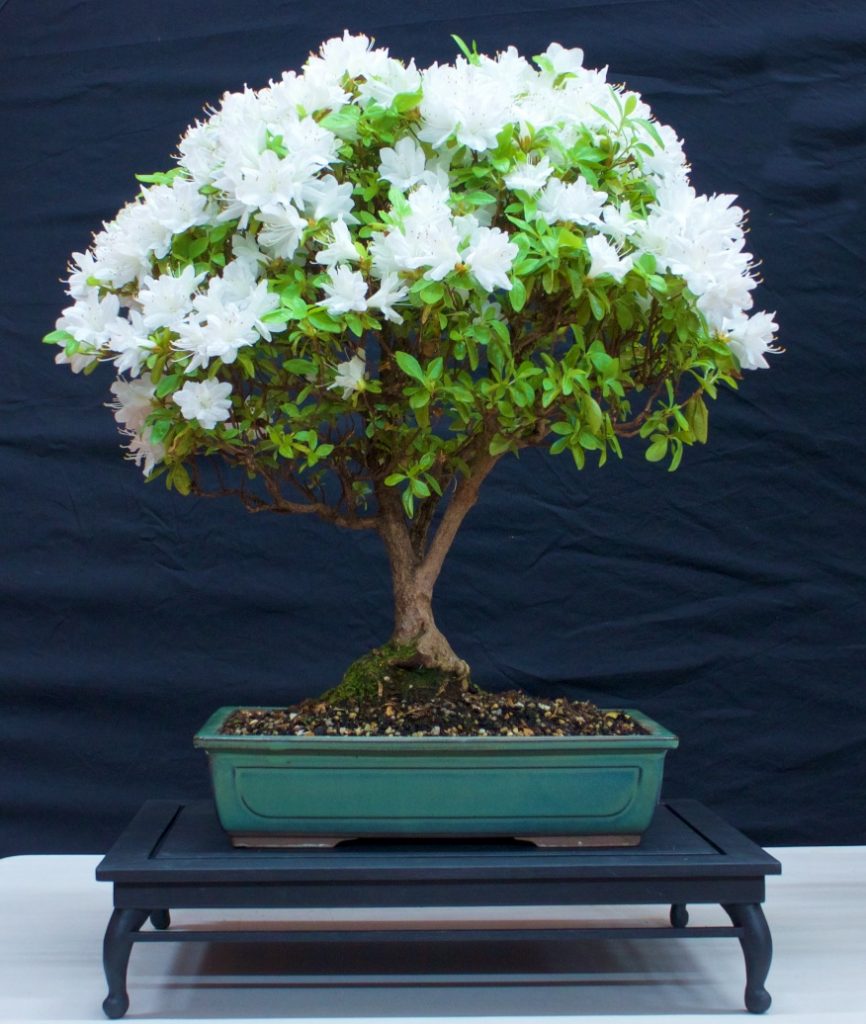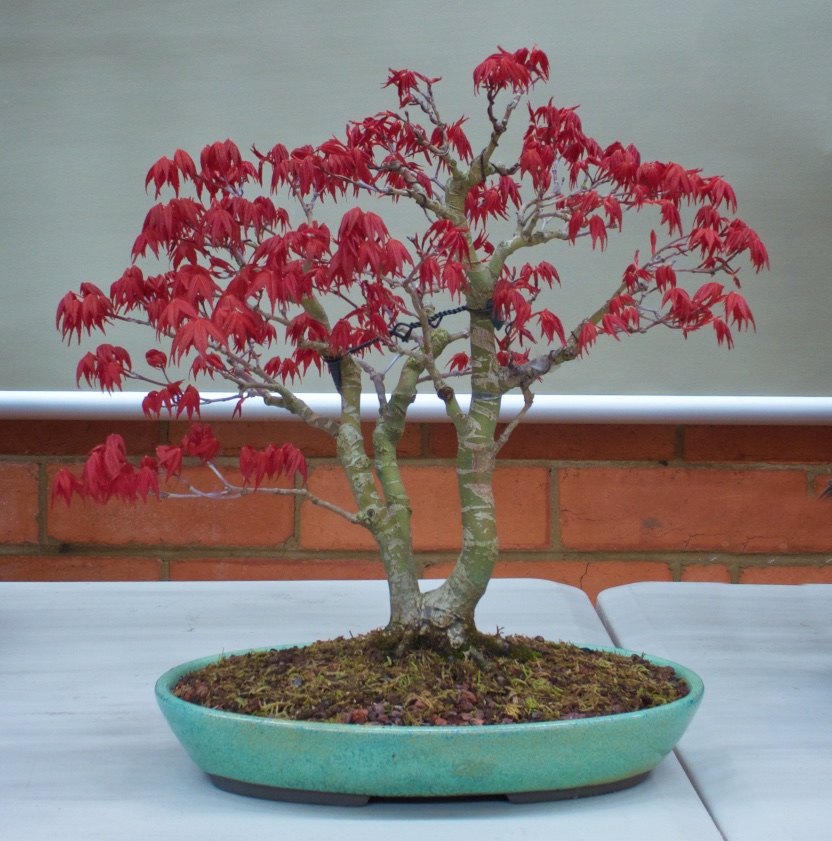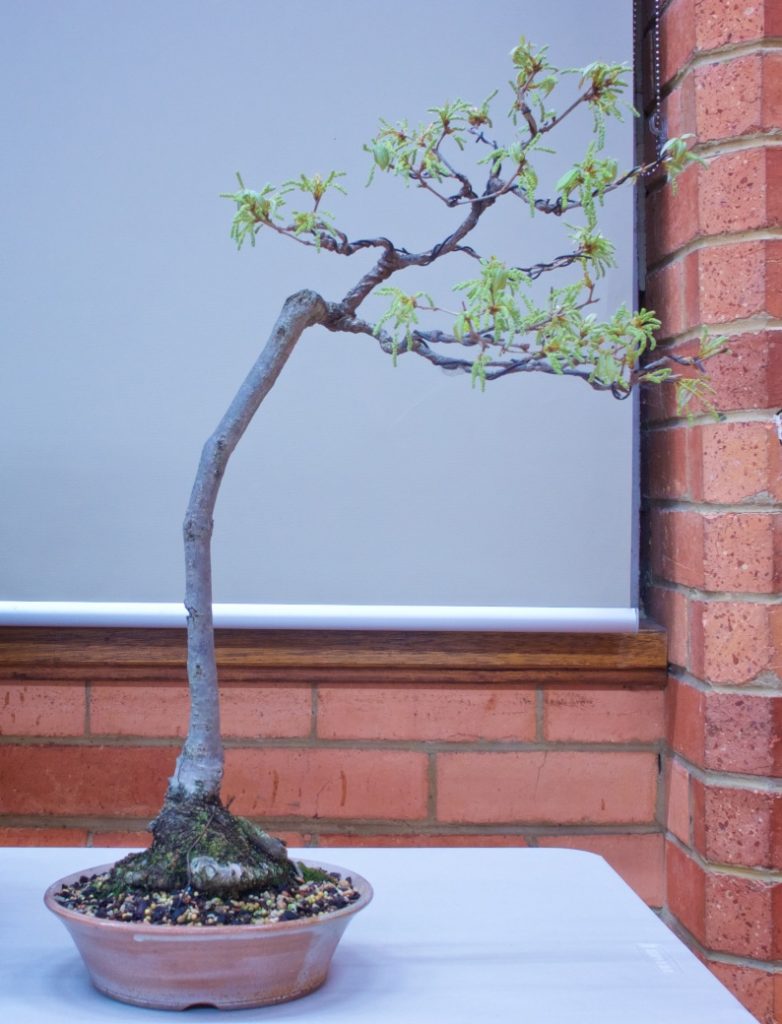September Club Meeting: Flowering Bonsai
The BSV had a capacity crowd attending the September Meeting and they brought with them a wide variety of magnificent flowering bonsai.
Mike Simonetto was invited to share his vast knowledge and experience growing flowering bonsai and members were looking forward to his talk. Mike shared his experience and observations covering the various growing issues and an extensive range of species suitable for bonsai. Too much for this post but a sample of his comments are included below.
Mike also provided comments on a wide variety of species and their particular characteristics. For example, some native plants are susceptible to phosphorus toxicity, some varieties need both male and female plants to germinate for fruit and sterile tools will be required when working on fungus susceptible varieties.Following the presentation, Mike also answered questions and was warmly thanked by the BSV President.See below for photos of the many very colourful flowering bonsai on display.
Propagation
Mike has found most seeds for these types of trees germinate better with stratification.
Cuttings can develop better with bottom heating and misting.
Wire tourniquet is preferred for layering and later in the Spring to Summer period is preferred.
pH - it is helpful to understand the pH of your preferred soil mix as it can be relevant to particular species and availability of nutrients to your trees.
Light is very important at every stage of growing. Flowers depend on it, growth is more compact and it reduces pests.
Always plant trees at an angle after root pruning to set up the tree for a future bonsai. Initially bury the roots deeper to aid their development.
Fertilisers - a mixture of controlled release, organic and liquid can deliver best outcomes. Mike does not believe extra phosphorus is required for flowers. Similarly, too much nitrogen can delay flowering and reduce their life. Best NPK ratios for flowering bonsai is considered to be 1, 0.2, 0.8.
Watering - essential that trees in flower never lack water as they use more water than normal during this period.
Planting in pots can be easier to work with and it provides more control over the roots but growth is slower and watering is more critical.
Planting in the ground can provide much faster growth, roots and branches are much coarser but you need to dig every year and it is hard work.
When developing trees, don't allow flowers or fruit to develop to encourage stronger development.
Finally, keep your trees moving forward and don't let them stagnate. Repot and fertilise.
Centre - Wisteria
A colour explosion
Centre - Azalea, Japanese Maple each side.
Various varieties. Azalea, Crab apple, Quince.
President Victor thanking Mike
Plum
Japanese Maple
Azalea
Cascade ?, Boston Ivy, Corokia
Olive
Leptospermum flavescens ‘Cardwell Pink’
Crab apple
Red Japanese Maple
Quercus dentata "Daimyo Oak"















